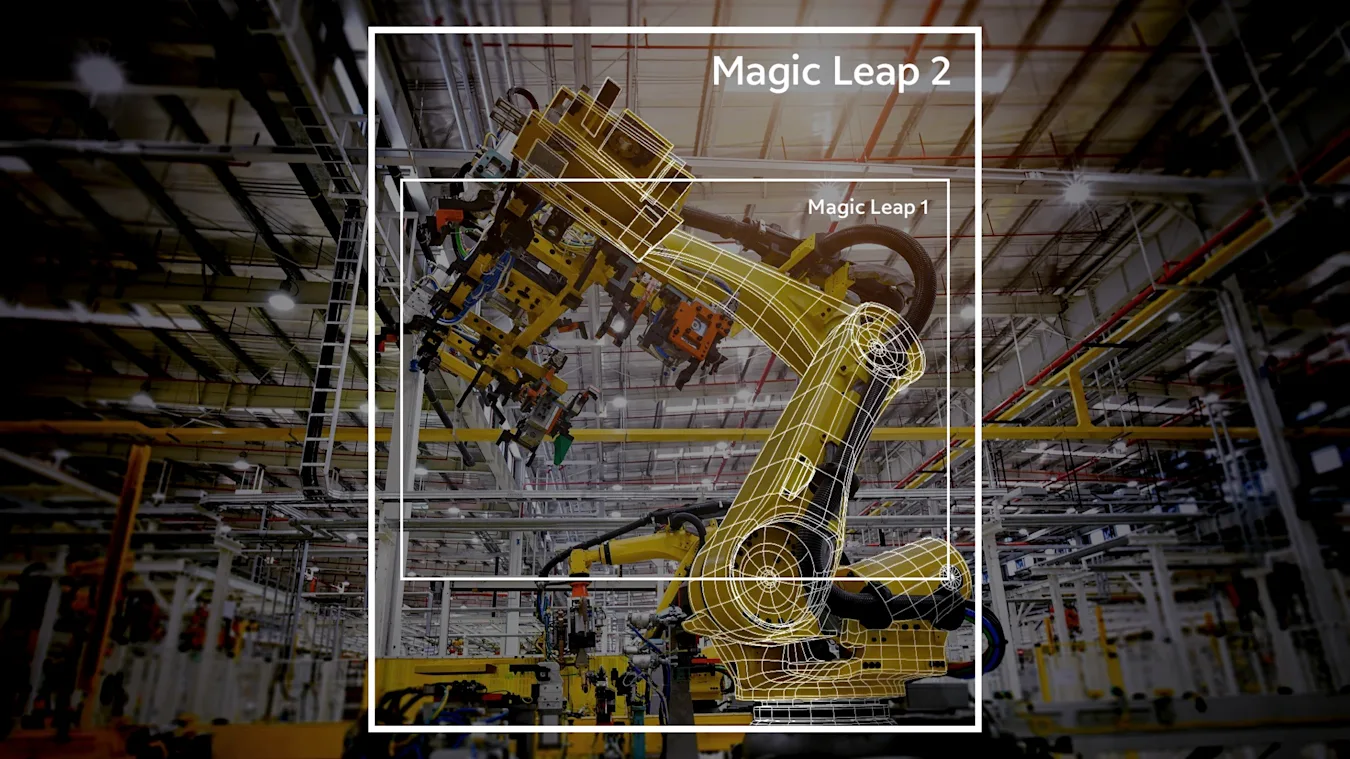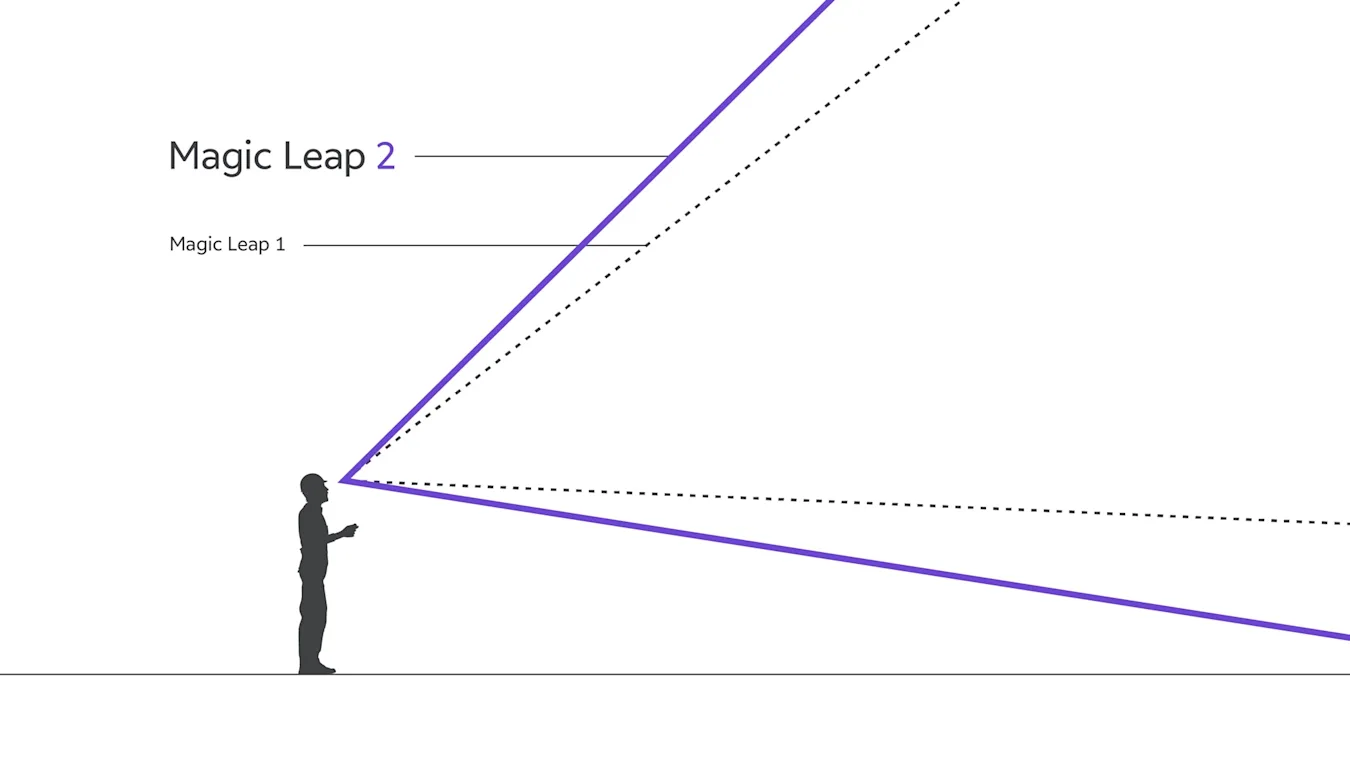Magic Leap 2 is the best AR headset yet, but will an enterprise focus save the company?
Magic Leap’s glasses were supposed to lead us into the augmented reality era, a world beyond screens where we could interact with digital objects as if they were standing right next to us. Too bad they failed spectacularly. By early 2020, the company had raised nearly $2 billion. But aside from a few flashy demos and wild art projects, there wasn’t much of a reason for anyone to buy a $2,295 headset (it reportedly only sold around 6,000 units). Like Google Glass before it, Magic Leap felt like a false start for AR, a solution to a problem that didn’t exist.
But the company isn’t dead yet. With a new CEO onboard — former Microsoft executive Peggy Johnson — it’s aiming for something far more practical: AR for the enterprise. That may seem like a retread of the HoloLens playbook, which has focused on business customers for years, but Magic Leap has a shot at giving Microsoft some serious competition with its second-generation AR glasses.
Devindra Hardawar/Engadget
The $3,299 Magic Leap 2 (ML2), which launched in September, is easier to wear, far more powerful and it offers a dramatically larger (and taller) AR field of view than any headset we’ve seen before. It has the unique ability to dim its display, allowing you to block out light and focus more on virtual objects. And it should be easier for developers to work with, thanks to a new Android-based OS. While it’s still unclear if the company’s new business plan will pay off, ML2 is still a significant achievement, especially now that Meta is also pushing into similar AR-like territory with the $1,500 Quest Pro.
“It’s been a long struggle,” Magic Leap SVP and head of hardware Kevin Curtis said in an interview with Engadget. “When we came out of ML1, we learned a tremendous amount… Not just technically, but also from a market point of view. So that really was used to set the goals for ML2.”
Some of those goals seemed impossible at the time. The company wanted to double the field of view (FOV) — the amount of screen area where you can actually see AR objects — as well cut the device’s volume in half. Those moves would make its sequel headset even more immersive, while also being more comfortable for extended wear. According to Curtis, bumping up the field of view from 50 degrees to 70 degrees with ML1’s projector and eyepiece technology would have required wearing something as large as an open hand. That’s not exactly doable all day.

Magic Leap
Magic Leap spent years exploring existing forms of projection, including laser-scan based systems, uLED arrays and LCoS (liquid crystal on silicon), but found them all lacking. Instead, it developed its own custom architecture, which uses LCoS together with LED RGB light modules and a complex system of concentrators and polarizers to bring images to your eyes. That works together with a new eyepiece design to achieve its lofty 70 degree field of view.
But what does that actually mean? The Magic Leap 1 headset featured a FOV of 50 degrees, which made it seem as if you were viewing AR through a car’s cramped rear window. (That was comparable to HoloLens 2’s 52 degrees of viewing.) With Magic Leap 2, the company hit a 70 degree FOV by increasing the vertical viewing area, allowing you to see taller objects without moving your head up and down. During my brief demo, it felt more like standing in front of an open doorway.

Magic Leap
That’s more akin to how you view things in real life, according to Curtis, and it goes a long way towards convincing you the AR objects you’re seeing are real. I’ve tried a wide variety of headsets over the years (including the defunct entry from the startup Meta, which existed long before Facebook’s name change), and the Magic Leap 2 is the first one that’s delivered a genuine sense of presence. Whether I was viewing a large piece of medical equipment, or an expansive 3D model of downtown San Diego, I had to try hard to see the edges. It was almost aggressively immersive.
The new projection technology also helped Magic Leap achieve its goal of reducing ML2’s volume by more than half, leading to a 20 percent weight drop (it clocks in at just 260 grams, slightly more than half a pound). The result is a pair of AR glasses that feel more like, well, glasses. While the original headset looked like a pair of enormous ski goggles, ML2 has flatter lenses and slimmer arms, making you seem less like a bug-eyed dork and more like an engineer or surgeon gearing up for a big project. (It’s no wonder Magic Leap gave health startups a headstart with access to its new hardware and software.)
All of this custom development will also help Magic Leap deliver better headsets down the line. The company claims its eventual Magic Leap 3 glasses, which have no release date yet, will lose another 50 percent in volume and deliver a larger field of view. The technology can potentially be scaled beyond 80 degrees, allowing you to view a building-sized object unencumbered by any AR boundaries.
For all the latest Technology News Click Here
For the latest news and updates, follow us on Google News.
